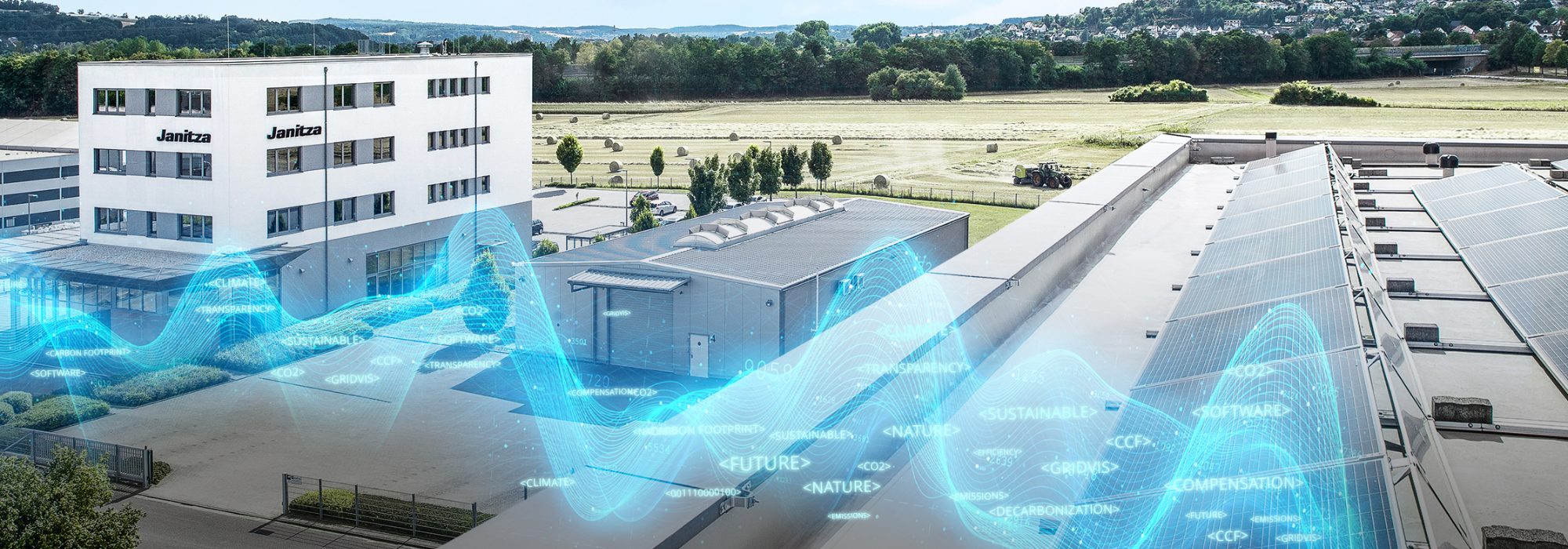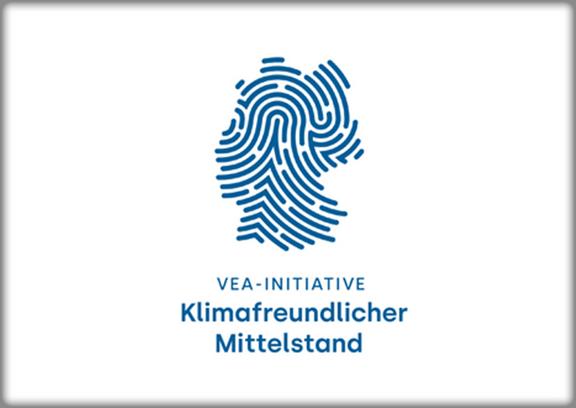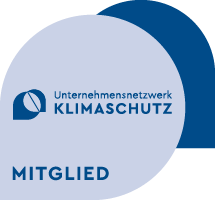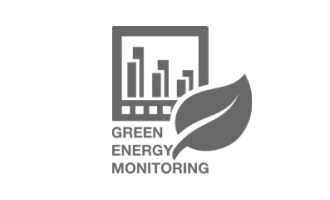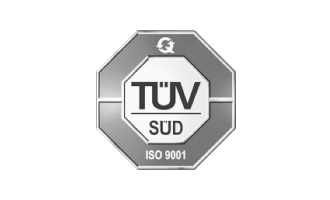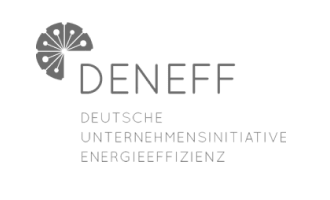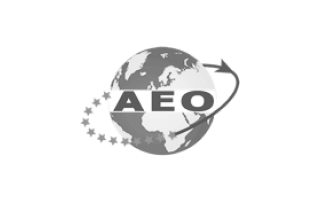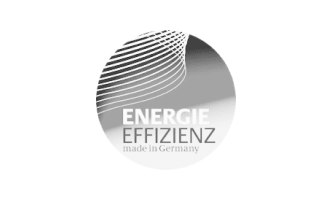The carbon footprint or greenhouse gas balance sheet provides transparency about the emissions within the company and is therefore the foundation for initiatives aimed at developing and enhancing a climate strategy. It constitutes a systematic account of greenhouse gas emissions, encompassing all greenhouse gases with significant climate impact, as outlined in the Kyoto Protocol.
The following greenhouse gases are accounted for:
- Carbon dioxide (CO₂) (GWP=1)
- Methane (CH4) (GWP=25)
- Nitrous oxide (N2O) (GWP=298)
- Sulfur hexafluoride (SF6) (GWP=23.500)
- Hydrofluoroarbons (FKW/HFCs) (GWP ranging from 140 to 7.000)
- Perfluorocarbons (CnF2n+2 − PFCs, FKWs) (GWP ranging from 6.000 to 9.000)
- Nitrogen trifluoride (NF3) (since 2015) (GWP=17.200)
Although all greenhouse gases responsible for global warming are considered, the term "carbon footprint" is used because carbon dioxide serves as the reference for all included greenhouse gases. The values in brackets represent the Global Warming Potential (GWP) of each gas, with CO₂ assigned a GWP of 1 as the reference value. A GWP of 25, for example, means 25 times the greenhouse potential of CO₂. Other greenhouse gases are converted into carbon dioxide equivalents (CO₂e) to establish comparability.
In summary, the carbon footprint provides information on the amount of greenhouse gases emitted by a company, a product, a process, a project or an event. The carbon footprint is expressed in so-called CO₂ equivalents (CO₂e).
Janitza will be happy to support you in determining the key figures for your carbon footprint.

